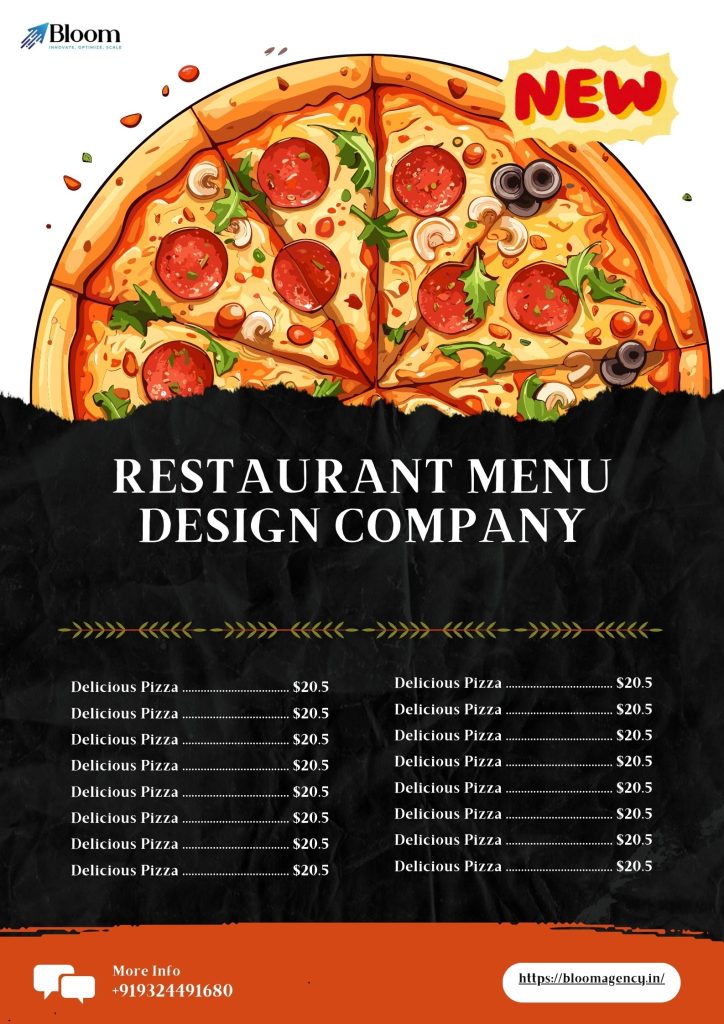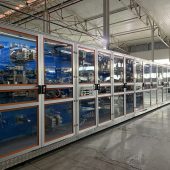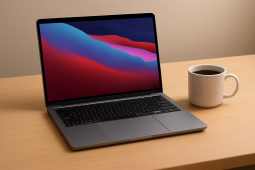A2Bookmarks UAE Social Bookmarking Website
Welcome to A2Bookmarks UAE, where discovering and sharing the latest trends in the UAE becomes an engaging and seamless experience. Our platform is designed specifically for the UAE community, offering a space to explore popular local content, save your favorite websites, and connect with like-minded individuals. With our intuitive interface, you can effortlessly categorize and access your bookmarks, while our vibrant community keeps you updated with the most relevant and captivating content from across the region. Join A2Bookmarks UAE community today and enhance your digital bookmarking journey!


Finding the Right Menu Card Designer Near You: A Complete Guide bloomagency.in
Finding the Right Menu Card Designer Near You: A Complete Guide
Introduction
The menu card is one of the most powerful tools in the food and beverage industry. It does more than list dishes—it tells a story, reflects your brand, and influences customer choices. Whether you’re opening a cozy café, a high-end restaurant, or a fast-food joint, your menu card plays a crucial role in your customer’s dining experience.
In this article, we’ll explore everything you need to know about finding a menu card designer near you, including why professional design matters, what to expect during the process, how to choose the right designer, and key tips to ensure your menu becomes a powerful marketing tool.
Why a Professionally Designed Menu Matters
1. First Impressions Matter
The moment a customer glances at your menu, they make instant judgments—about your price range, food quality, service standards, and overall professionalism. A sloppy or cluttered menu can make even the best dish look unappetizing. A clean, well-structured design immediately communicates credibility and care.
2. Encourages Sales
A good menu design uses psychology to influence decisions. Strategic placement of items, use of highlights, bold fonts, icons, and color can all steer customers toward higher-margin items. This subtle sales strategy is known as menu engineering.
3. Enhances Brand Identity
Your menu should be an extension of your brand. Whether your style is rustic, modern, artistic, minimalistic, or luxury, your menu design should match your restaurant’s personality, décor, and tone.
What Does a Menu Designer Do?
A menu designer is more than just a graphic artist. They combine marketing knowledge, layout design, brand awareness, and visual storytelling to produce a functional and beautiful menu. Here’s what they typically handle:
-
Layout and structure of items
-
Typography (font choices, size, spacing)
-
Color schemes
-
Food photography or illustrations
-
File preparation for printing (including bleeds and margins)
-
Digital menu versions for tablets or QR code viewing
-
Seasonal or promotional menus
Some designers even offer menu consulting—recommending dish names, pricing strategies, and layout sequencing to maximize profitability.
Where to Find a Menu Card Designer Near You
1. Local Graphic Design Studios
Many cities have boutique design agencies or small studios that offer menu design services. They may also provide branding services like logo design, signage, packaging, and business cards. Visiting these studios in person gives you the chance to view sample work and discuss your ideas face-to-face.
2. Freelancers
Freelance designers are often more flexible and budget-friendly. You can find them via local classifieds, community bulletin boards, or word-of-mouth referrals. They usually work independently and may offer more personalized service.
3. Online Marketplaces (With Local Filters)
Websites that connect freelancers and businesses often allow location-based filters. Even if you’re looking for a designer near you, online platforms can connect you with local talent who work remotely or in hybrid setups.
4. Print Shops
Some printing businesses also offer design services as part of their packages. If you’re planning to print physical menu cards, this can be a one-stop solution. You can save time and ensure that the print output matches the design perfectly.
How to Choose the Right Menu Designer
1. Review Portfolios
Always ask to see previous work. Look for a variety of styles, formats, and layouts. A good designer should have experience in food and hospitality-related projects.
2. Understand Their Process
Do they offer concept mockups? How many revisions are included? What’s their turnaround time? Understanding their workflow helps avoid miscommunication later.
3. Evaluate Communication
Effective communication is key to a successful project. A good designer listens to your ideas, gives honest feedback, and helps bring your vision to life.
4. Set a Budget
Menu card design can range from inexpensive templates to bespoke, high-end design services. Be clear about your budget upfront, and ask for a quote that includes all deliverables.
The Menu Design Process – What to Expect
Here’s how a typical design process goes:
Step 1: Initial Consultation
You’ll discuss your restaurant concept, target audience, menu size, preferred style, and functional needs (e.g., take-out, in-dining, QR-based digital menus).
Step 2: Content Collection
You’ll need to provide the designer with your finalized dish names, descriptions, prices, and any photographs or logos you want to include.
Step 3: Draft Designs
The designer will send an initial draft or concept layout. This usually includes font selections, color palette, and layout ideas.
Step 4: Revisions
This is where you provide feedback and request adjustments to the layout, text, colors, etc. Most designers offer 2–3 rounds of revisions.
Step 5: Finalization
Once approved, you’ll receive the final files in formats suitable for print and digital use (usually PDF, PNG, and sometimes editable files like AI or PSD).
Print or Digital Menu – What’s Best?
Printed Menus
Pros:
-
Tangible and traditional
-
Suits dine-in restaurants
-
Can be stylized with materials like leather, wood, or lamination
Cons:
-
Costly to update or reprint frequently
-
Wear and tear over time
Digital Menus
Pros:
-
Easy to update
-
Can include videos, animations, or interactive elements
-
Hygienic and modern
Cons:
-
Requires digital setup (tablets, QR codes)
-
Not suitable for all demographics (some customers prefer physical menus)
Many restaurants use both—a printed menu for branding and a digital version for convenience or updates.
Tips for a High-Converting Menu Card
-
Organize Items Logically – Start with appetizers, move to mains, then desserts and beverages.
-
Use Highlight Boxes – Draw attention to your specials or bestsellers using visual emphasis.
-
Keep It Clean and Legible – Avoid clutter, use ample spacing, and keep text readable.
-
Use High-Quality Images – If using food photos, make sure they’re professionally shot.
-
Limit Currency Signs – Removing ₹ symbols can reduce price sensitivity.
-
Choose a Style That Reflects Your Brand – Rustic fonts for vintage diners, sleek minimalism for modern cafés, etc.
-
Consider Laminating or Protective Covers – For durability and hygiene.
-
Update Seasonally – Keep your menu fresh by introducing new items and removing low-performers.
-
Avoid Typos at All Costs – Proofread thoroughly before printing.
Common Mistakes to Avoid
-
Overcrowded Design: Too many items and too much text can overwhelm the customer.
-
Inconsistent Branding: Your menu should match your logo, signage, and overall décor.
-
Poor Quality Printing: A great design can look bad if printed cheaply. Use good paper stock and color printing.
-
Neglecting Mobile Usability: If offering a digital menu, ensure it’s responsive and easy to read on smartphones.
-
Ignoring Accessibility: Make sure fonts are readable and color schemes are not difficult for color-blind customers.
Case Example: A Local Café Owner’s Experience
Imagine you’re launching a small café in your city. You want a modern yet cozy vibe. You find a local designer who understands food branding. After a couple of brainstorming sessions, they present a layout with:
-
Minimalist fonts
-
Hand-drawn coffee illustrations
-
Sectional dividers
-
Earth-toned color palette
The final design is printed on textured cardstock, bound in a wooden frame. Customers love the look and spend more time exploring the menu, increasing average ticket value. Later, you also request a QR-based version for takeout customers.
Final Thoughts
Choosing the right menu card designer near you is not just a business decision—it’s a branding investment. A great menu:
-
Guides customer choices
-
Tells your culinary story
-
Elevates your restaurant’s image
-
Increases sales through smart design
Whether you’re just starting out or looking to revamp an existing menu, don’t rush this process. Find a designer whose style aligns with your vision, communicate your needs clearly, and give them the creative space to deliver something exceptional.
Remember: people eat with their eyes first. Let your menu be the first delicious bite they experience.













